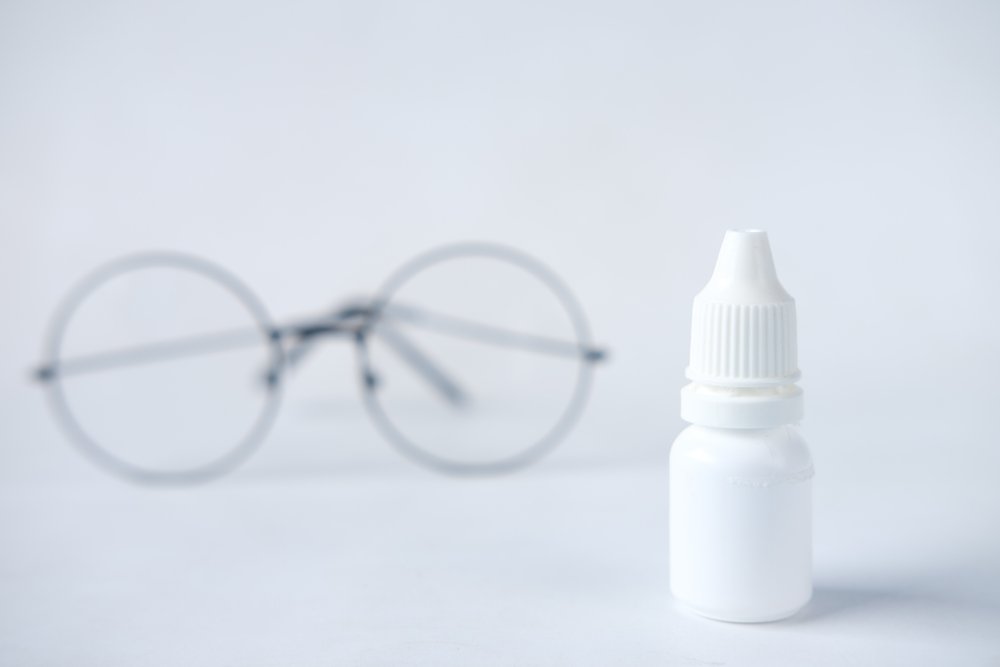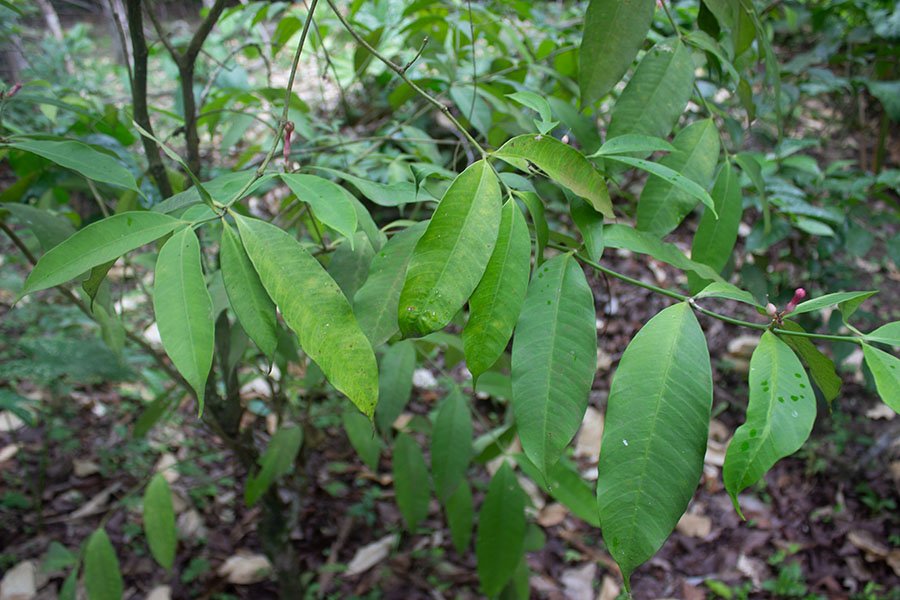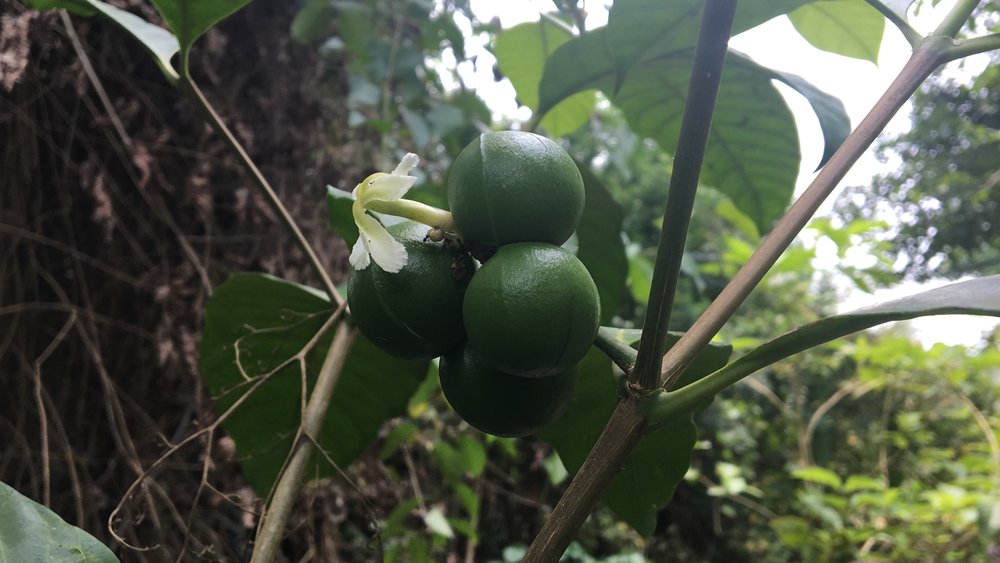Sananga is making its mark in the realm of traditional plant medicines, steadily gaining recognition and popularity. Although relatively unknown to many, this potent plant medicine holds significant potential. In this article, we delve into the depths of Sananga, unearthing its complexities, shedding light on its profound importance, addressing common safety concerns, and presenting four crucial considerations for those seeking to harness the power of Sananga in their practices.

Photograph by Towfiqu barbhuiya on Unsplash
Sananga: A Glimpse into its Origins and Usage
Sananga, a traditional plant medicine with potential psychoactive properties, is predominantly used in the form of eye drops. The Kichwa people of Ecuador and the Aguaruna Jivaro tribe of Peru have been utilizing Sananga to improve eyesight, treat ocular ailments, and cleanse negative energies. While commercially available Sananga usually contains extracts from the roots of Tabernaemontana undulata, regional variations and purposes can result in alternative formulations containing Tabernaemontana sananho.
The scientific community is still unraveling the precise mechanisms through which Sananga exerts its effects. Research on Tabernaemontana sananho indicates antimicrobial and anti-inflammatory properties, but whether these properties directly enhance eyesight when used as Sananga remains uncertain. Tabernaemontana undulata contains indole alkaloids related to ibogaine, yet the effects of Sananga are still relatively unexplored. The dearth of Western research on Sananga should not diminish the validity of Indigenous claims; rather, it highlights the need for further investigation. Furthermore, the limited scientific knowledge regarding Sananga safeguards against the over-harvesting of this precious plant medicine driven by psychedelic enthusiasm.

Ushpa Washa (Tabernaemontana Undulata). Picture by Gary Saucedo, (CC BY-SA 4.0)
The Wonders of Sananga: Exploring its Benefits and Healing Potential
Sananga has been reported to offer a myriad of healing properties, both as a standalone treatment and in conjunction with ayahuasca. Numerous websites tout its potential to address various illnesses, including eye conditions such as nearsightedness, farsightedness, astigmatism, glaucoma, and even blindness. Sananga is also believed to aid in eliminating accumulated toxins, releasing repressed anger, dispelling negative energies, combating addiction, and alleviating depression and anxiety. Claims of enhanced visual perception, particularly heightened color brightness, are also prevalent. However, it is crucial to note that these indications lack substantial scientific backing at present.
The Significance of Sananga: A Journey into Indigenous Traditions
Sananga holds a pivotal role within the broader tapestry of Indigenous plant medicine practices. When combined with ayahuasca, its ability to facilitate visionary experiences suggests a potential spiritual significance. In contexts where acute eyesight is essential for hunting and sustenance, the cultural and practical importance of Sananga becomes evident.
While the complete extent of Sananga’s medicinal and therapeutic value remains elusive, the potential improvement of eyesight, visual processing, mood elevation, and energy enhancement warrants scientific exploration. If Sananga proves successful in these realms, researchers and enthusiasts alike will undoubtedly turn their attention to this remarkable plant medicine, with a level of intrigue on par with that of more widely recognized plant medicines and psychedelics.
Moreover, it’s worth noting that the relative scarcity of information about Sananga on the internet presents an opportunity for content creators. By crafting well-optimized and informative articles about Sananga, one can potentially rank high in search engine results. This provides businesses, particularly those in the psychedelic industry such as Psychedelic Overground, with a distinct advantage. However, it’s important to acknowledge that articles written purely for search engine optimization may lack the depth, nuance, and appreciation for Indigenous perspectives. Furthermore, they often fail to acknowledge the limited scope of Western scientific understanding regarding Sananga. Curious? Try Googling “What is Sananga?” and you’ll find that most results fall into three categories:
- Websites aiming to rank for low-difficulty search terms related to Sananga.
- Websites selling Sananga products.
- Individuals who earn a living by sharing their personal experiences and insights.

Uchu sanango (Tabernaemontana sananho). Picture by Carlo Brescia, (CC BY-SA 4.0)
While these articles may contain valuable information and honest accounts, their references often overlap and may not directly link to authoritative sources. This lack of rigorous referencing raises questions about the reliability and accuracy of the information presented. To truly comprehend Sananga, it is essential to engage with comprehensive and well-founded sources that provide a holistic understanding of its properties and cultural significance.
The Psychoactive Potential of Sananga
Given that Sananga contains ibogaine-like alkaloids, it undoubtedly possesses psychoactive properties or, at the very least, the potential for psychoactivity. Although the amount of alkaloids absorbed through the eyes is significantly lower than in traditional Iboga use, it is possible that Sananga’s effects are akin to microdosing iboga or ibogaine alkaloid extracts.
Another psychoactive aspect of Sananga could arise from the discomfort or pain experienced when the eye drops come into contact with the eyes. Pain or stress triggers the release of endorphins from the pituitary gland, neuropeptides that bind to opioid receptors in the central and peripheral nervous systems. These “natural painkillers” can alleviate pain and induce a sense of well-being. An analogous example is the euphoria experienced by some individuals during intense physical exercise, commonly referred to as the “runner’s high.”
Research has not yet explored whether Sananga stimulates significant endorphin release. However, since Ibogaine interacts with the same receptors as endorphins, a synergistic effect between Sananga’s ibogaine-like alkaloids and the endorphins released in response to eye irritation is conceivable.
Maximizing the Shelf Life of Sananga: Fridge Storage Guidelines
Opinions on the refrigerated shelf life of Sananga may vary. While some vendors claim a maximum shelf life of two years, most sellers and users consider six months a safer threshold.
Regardless of the duration, it is essential to regularly inspect the Sananga liquid for any changes compared to when it was first acquired. Has the color changed? Does it emit a different odor? Signs of fermentation, such as fizziness or alterations in texture, or the presence of new solids in the liquid are indications that the Sananga may have become contaminated by fungi or other microbes. In such cases, it is advisable to dispose of the Sananga promptly.
If uncertain, particularly if it has been more than six months or if consistent refrigeration practices were not followed, the safest course of action is to discard the old Sananga and procure a fresh batch. Your eyes will thank you for the investment in their well-being!
Legal Terrain: Sananga’s Status in the United States
Sananga appears to be legal in the United States, but it is crucial to consult the relevant state and county laws for clarity. However, please note that this article does not constitute legal advice, and it is always prudent to verify the legality of Sananga in your specific jurisdiction.
The Environmental Impact of Sananga: A Call for Sustainable Practices
As the popularity of Sananga grows, so does the demand for the Tabernaemontana species used in its production. This increased demand could potentially lead to overharvesting and habitat destruction, threatening the survival of these plants in their natural environments. It’s crucial to consider the environmental impact of Sananga’s rising popularity and the importance of sustainable harvesting practices.
Ethnobotanists and conservationists are increasingly advocating for sustainable harvesting methods that ensure the continued availability of these plants for future generations. These methods include practices like selective harvesting, where only a portion of the plant is taken, allowing it to regenerate over time. Additionally, cultivation of these plants can also be a viable solution, reducing the pressure on wild populations.
Ethnobotany: Unearthing Traditional Knowledge
Ethnobotany, the study of the relationship between people and plants, can provide valuable insights into the traditional uses of Sananga. By studying the indigenous cultures that have used Sananga for generations, we can gain a deeper understanding of its potential benefits and applications. This knowledge can guide scientific research and help validate the traditional uses of this plant medicine.
For instance, the Kichwa people and the Aguaruna Jivaro tribe have used Sananga not only for its potential vision-enhancing properties but also for its spiritual significance. Understanding the cultural context of Sananga use can provide a more holistic view of its potential benefits, beyond what can be measured in a laboratory.
Sustainable Harvesting: Ensuring the Future of Sananga
With the increasing interest in Sananga, it’s crucial to ensure that the harvesting and production of this plant medicine are done sustainably. Overharvesting can lead to the depletion of wild populations of the Tabernaemontana species, threatening their survival and disrupting local ecosystems.
Sustainable harvesting practices, such as selective harvesting and cultivation, can help ensure the continued availability of these plants for future generations. Additionally, supporting local communities that have traditionally used and protected these plants can also contribute to their conservation.
Four Essential Tips for Safe and Effective Use of Sananga
While Sananga boasts a rich history of traditional usage, its scientific exploration lags behind that of other psychoactive plant preparations. Insufficient data exists to conduct population-level studies on its side effects or positive correlations. Consequently, while Sananga is not inherently toxic or dangerous, its long-term safety and non-toxicity cannot be definitively established.
Given that Sananga may contain ibogaine-like alkaloids, which can interact with various medications and other psychoactive substances, it is essential to remain vigilant about potential interactions or alterations in the efficacy of co-administered substances.
When purchasing Sananga, opt for reputable suppliers, strictly adhere to instructions, and store it appropriately in the refrigerator.
It is important to note that using Sananga eye drops will induce a burning sensation, particularly during the initial applications. Tears may be shed. Avoid wearing contact lenses or eye makeup when using the drops.
In Conclusion
In conclusion, Sananga continues to captivate our curiosity, veiled in mystery regarding its effects on our bodies and minds. With the burgeoning momentum of the psychedelic industry, it is highly likely that the Tabernaemontana species used to produce Sananga will undergo scientific scrutiny in due course. When that day arrives, it is our hope that researchers and companies approach these plants and the Indigenous knowledge they embody with the respect and reciprocity they deserve.
Frequently Asked Questions about Sananga
1. How is Sananga traditionally prepared?
Sananga is traditionally prepared by indigenous tribes using the roots of the Tabernaemontana species. The roots are crushed into a pulp, mixed with water, and then strained to produce a liquid. This liquid is then used as eye drops. It’s important to note that the preparation of Sananga requires knowledge and experience, and it’s not recommended to attempt this process without proper guidance.
2. Can I use Sananga if I have a pre-existing eye condition?
If you have a pre-existing eye condition, it’s crucial to consult with a healthcare provider before using Sananga. While Sananga is traditionally used to treat various eye conditions, there’s currently limited scientific research to support these claims. Additionally, the use of Sananga could potentially exacerbate certain eye conditions.
3. What should I expect when using Sananga for the first time?
When using Sananga for the first time, you can expect a strong burning sensation in your eyes. This sensation usually lasts for a few minutes and is followed by a period of enhanced visual clarity. Some users also report experiencing a sense of calm and emotional release. Remember, it’s important to use Sananga under the guidance of a knowledgeable practitioner, especially if you’re new to this plant medicine.
4. Is it safe to use Sananga regularly?
The safety of regular Sananga use is currently not well-studied. While indigenous tribes have used Sananga for generations, the long-term effects of regular use are not well-understood in the scientific community. As with any substance, it’s important to use Sananga responsibly and to listen to your body’s responses. If you experience any adverse effects, discontinue use and consult with a healthcare provider.


